Contact Info
133 East Esplanade Ave, North Vancouver, Canada
Expansive data I/O tools
Extensive data management tools
Dataset analysis tools
Extensive data management tools
Data generation tools to increase yields
Top of the line hardware available 24/7
AIEX Deep Learning platform provides you with all the tools necessary for a complete Deep Learning workflow. Everything from data management tools to model traininng and finally deploying the trained models. You can easily transform your visual inspections using the trained models and save on tima and money, increase accuracy and speed.
High-end hardware for real-time 24/7 inferences
transformation in automotive industry
Discover how AI is helping shape the future
Cutting edge, 24/7 on premise inspections
See how AI helps us build safer workspaces
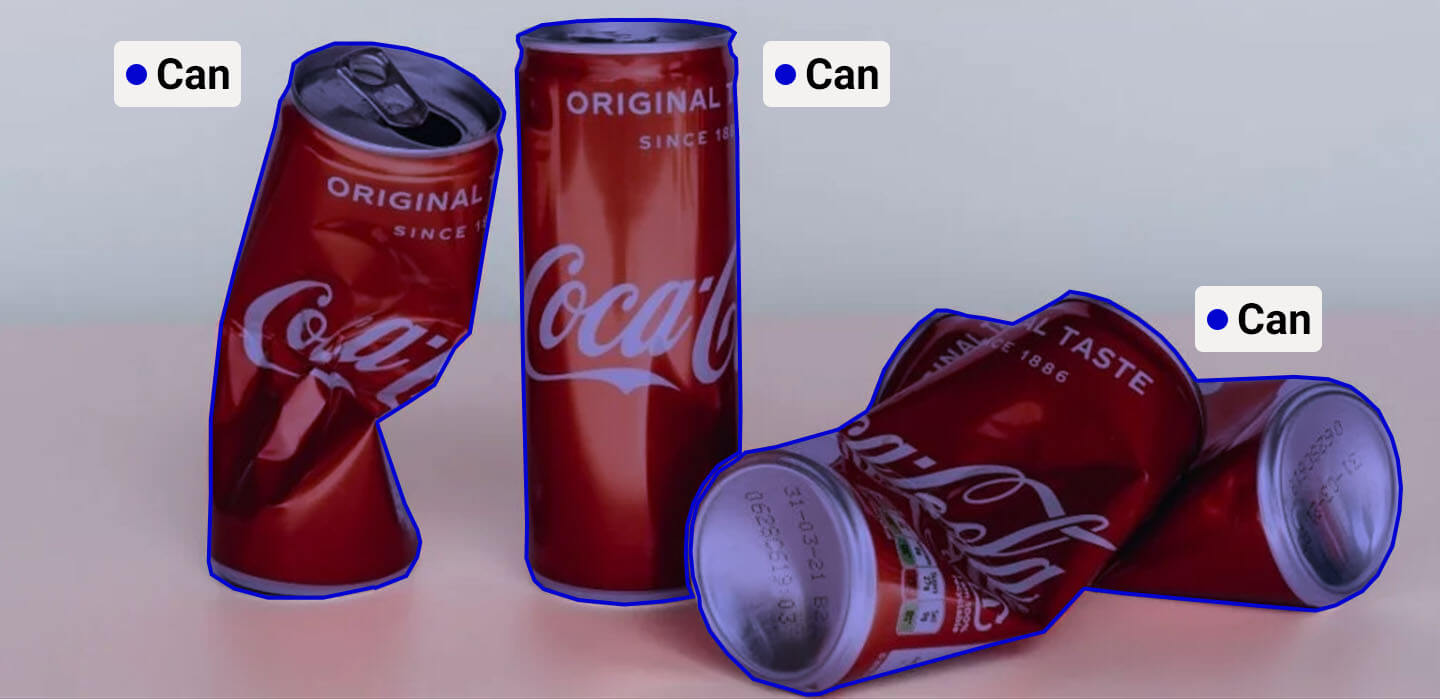
Waste has a significant impact on the planet, and if left unmanaged, it can cause irreversible damage. Waste management is the process of handling waste from the point of generation to the point of disposal. Each type of waste can be recycled differently. Recycling not only generates income but also reduces environmental damage if it is properly separated and recycled. With the advancement of artificial intelligence, there have been many startups and companies working on using AI in waste separation and recycling in recent years. They are using technologies such as IoT, robotics, and computer vision to separate waste faster and better. This paper will discuss some AI and computer vision applications in waste management.


The process of sorting recycling materials at recycling centers can be complex and time-consuming when done manually. Traditionally, waste was dumped onto conveyor belts and then sorted by human workers. However, this method is both tedious and unhygienic, and the speed at which it can be done is limited.
By utilizing robots equipped with artificial intelligence and advanced computer vision, waste sorting can be done more efficiently and accurately. Computer vision algorithms are used to train these robots to identify and process different types of waste based on their visual characteristics. As the robots are exposed to more images of various waste types, they become better at sorting and classifying the materials.
In recycling centers, these robots can be used to identify recyclable materials with the help of computer vision and cameras and then separate them accordingly. Additionally, as robots continue to learn and improve over time, they become more efficient than humans at sorting waste.

The AIEX platform is a powerful tool for training computer vision models for waste detection and recycling. It provides all the necessary tools and resources for computer vision, eliminating the need for coding. The process of training models on the AIEX platform involves inputting waste detection data and using the platform’s provided algorithms to train models to detect various recyclable waste classes, including bottles, cans, and glass.
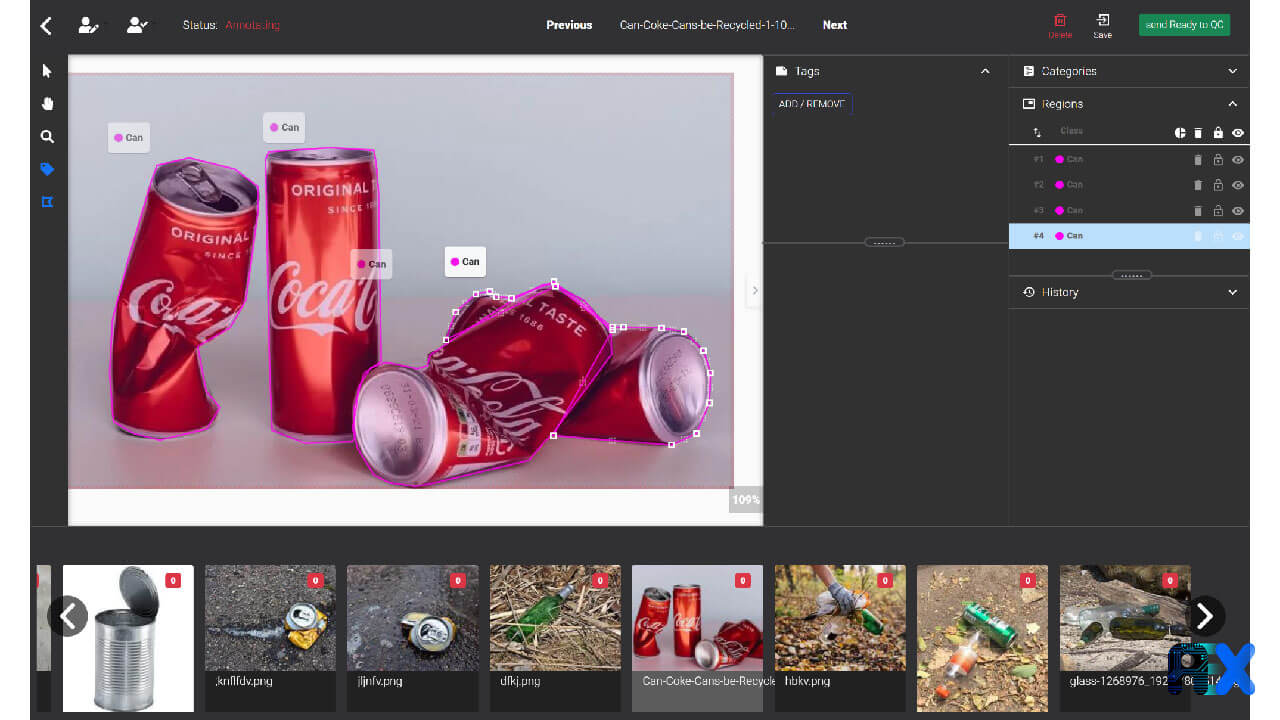
The platform also includes an image engine feature, which allows users to add more data if needed.
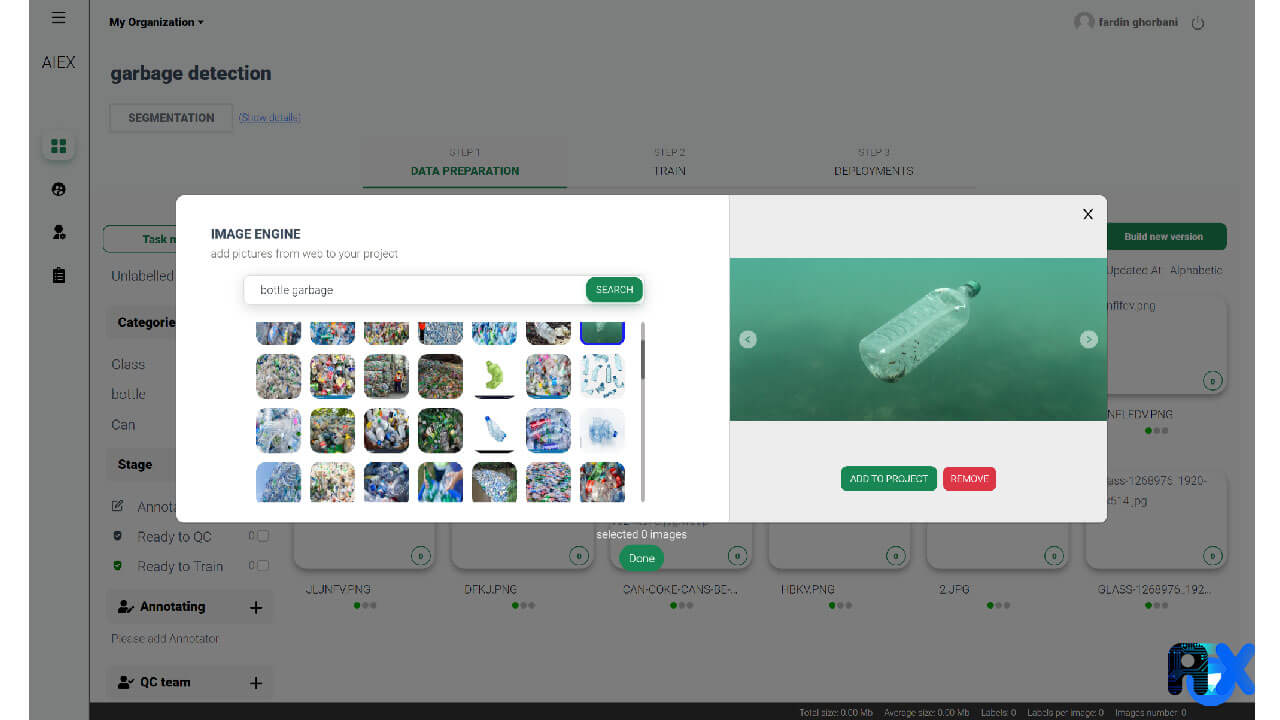
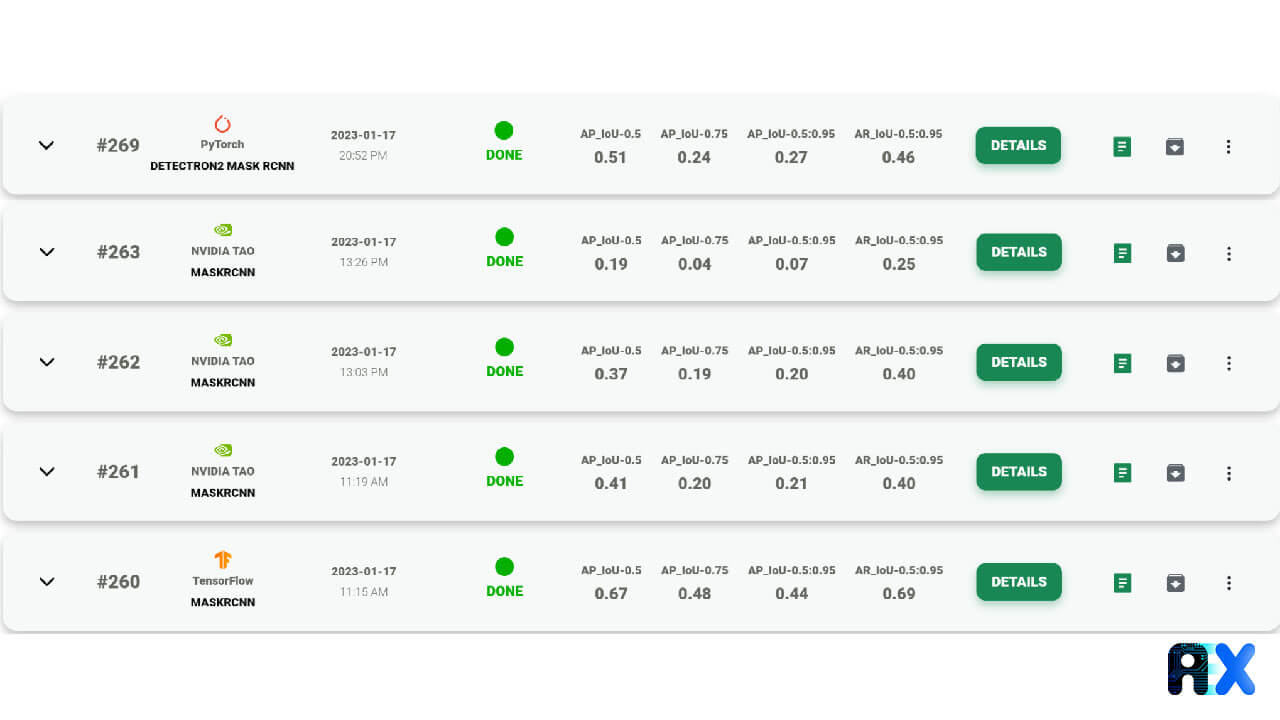
In the deployment tab of the AIEX platform, users can select the desired model to deploy based on its performance. This allows users to choose the most accurate and efficient model for their specific application.
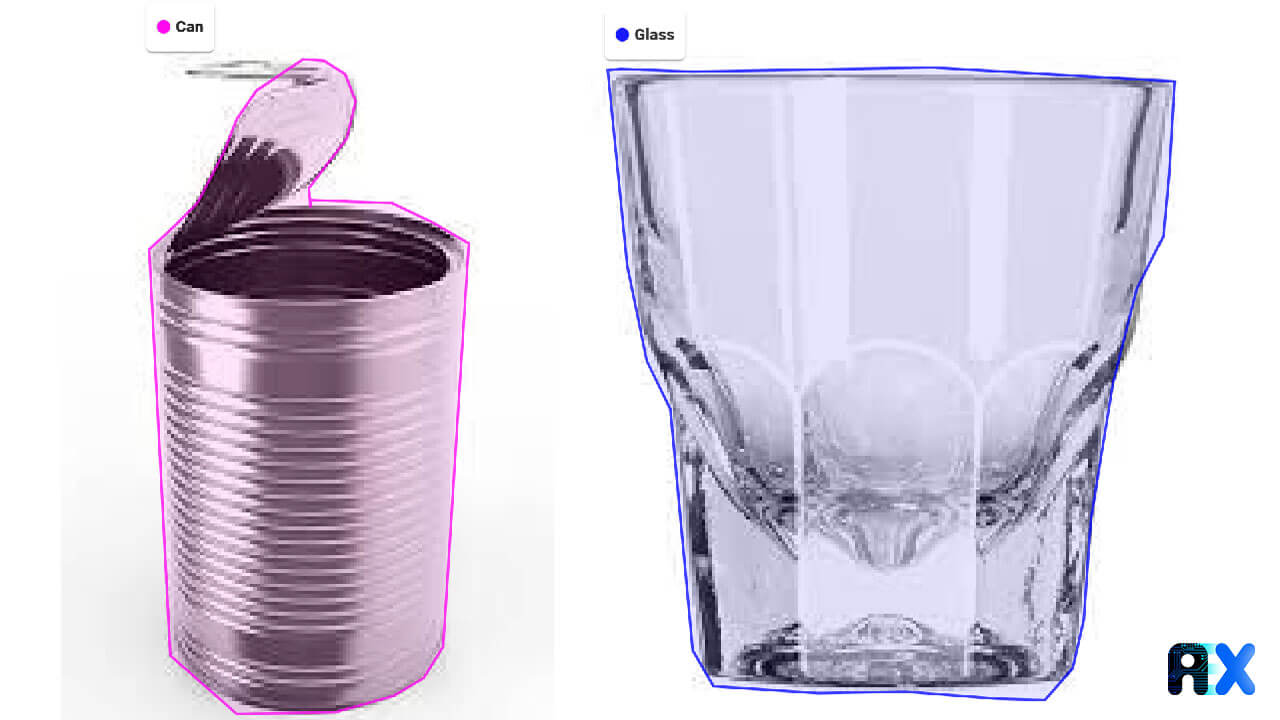
After deploying a model, it can be used to make inferences on images. This means that the model can be used to analyze and identify different types of waste in real-world scenarios.
This is a crucial step in using computer vision and artificial intelligence to improve waste management and recycling efforts, as it allows for more efficient and accurate sorting and separation of waste.
You can enter your email address and subscribe to our newsletter and get the latest practical content. You can enter your email address and subscribe to our newsletter.
© 2022 Aiex.ai All Rights Reserved.